Share the post "Wild Texas: Unveiling the Fiercest and Most Feared Inhabitants!"
Enter Texas’ wild heart and you’ll encounter rocky landscape and tenacious animals. Our state is full of species that require respect and caution, from deserts to forests. Texas is known for its biodiversity, yet some of North America’s most powerful animals live here, demonstrating our state’s wild side.
We are proud of Texas’ natural heritage, but it has a thrilling edge that can’t be ignored. Due to the many dangerous animals in this region, respect for nature is vital. Texas is known for its swift-moving snakes, enormous alligators in the canals, and venomous arachnids.
Let’s discover the animals that could turn a fun outdoor experience into a survival challenge as we explore Texas’s diverse ecology. Understanding their habitat and behavior satisfies our curiosity and protects us. Join us as we highlight the state’s most dangerous residents, sharing cautionary tales and celebrating our captivating and sometimes terrifying wild side.
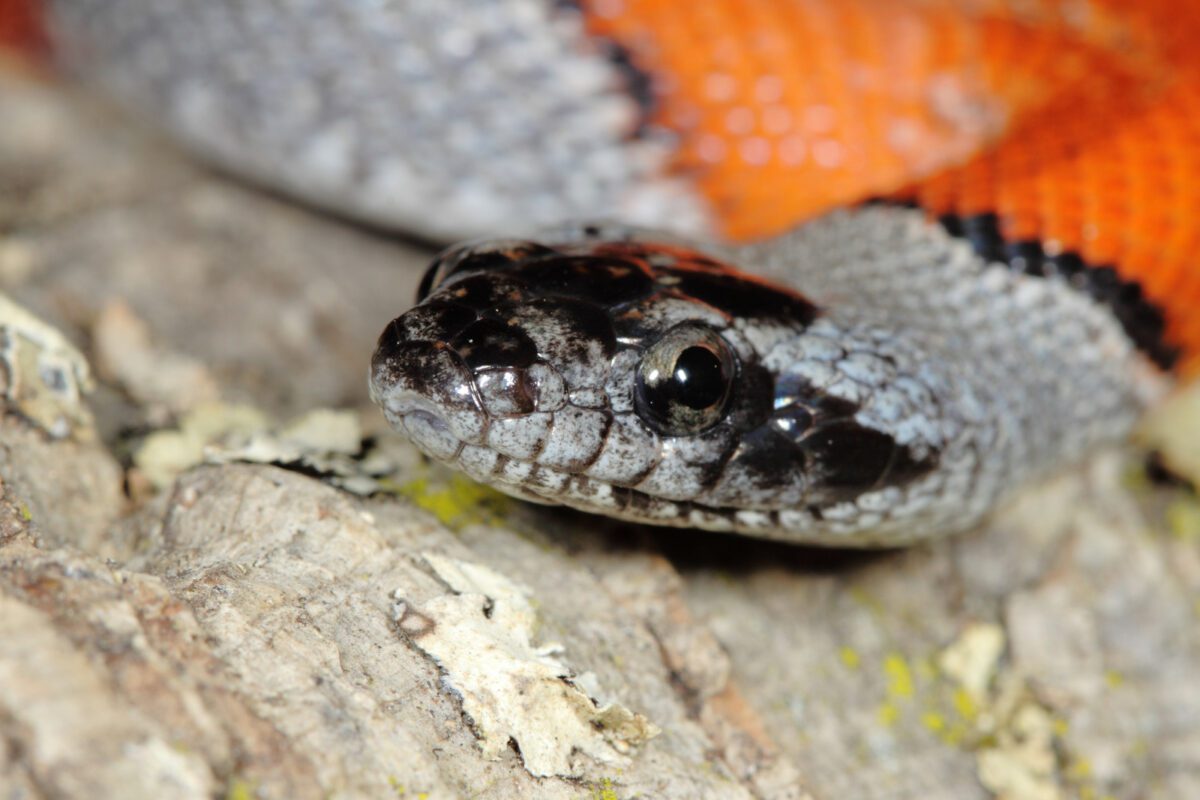
Venomous Snakes of the Lone Star State
In Texas, we’re home to a remarkable array of venomous snakes that command both respect and fascination. Let’s dive right into the species that make our state’s wildlife both thrilling and a bit daunting.
Rattlesnakes
We have several species of rattlesnakes in Texas, but they all share that famous warning rattle. If you’re hiking in the desert or even just clearing out your backyard shed, stay alert for their distinctive sound. Rattlesnakes can grow quite large and prefer the dry, arid climates where they can blend into their surroundings.
Cottonmouths
Bold and often found near water, cottonmouths are known for their defensive posture, displaying a white-lined mouth when threatened. These snakes are sometimes called “water moccasins” and are excellent swimmers, so always keep your eyes peeled when near Texas creeks, ponds, and lakes.
Copperheads
Not to be underestimated, copperheads carry a potent venom, and their camouflage colors blend seamlessly with the fallen leaves and forest floors of Texas. These snakes are more common in wooded areas, and their cryptic patterns provide them excellent concealment.
Coral Snakes
The rhyme “Red next to yellow kills a fellow; red next to black, venom lack,” is a handy way to ID coral snakes. Their small size and reclusive nature can make them less noticeable, but they’re one of the most venomous snakes in Texas. Remember, coral snakes are often mistaken for nonvenomous look-alikes, so it’s best to keep a safe distance from any snake with this color pattern.
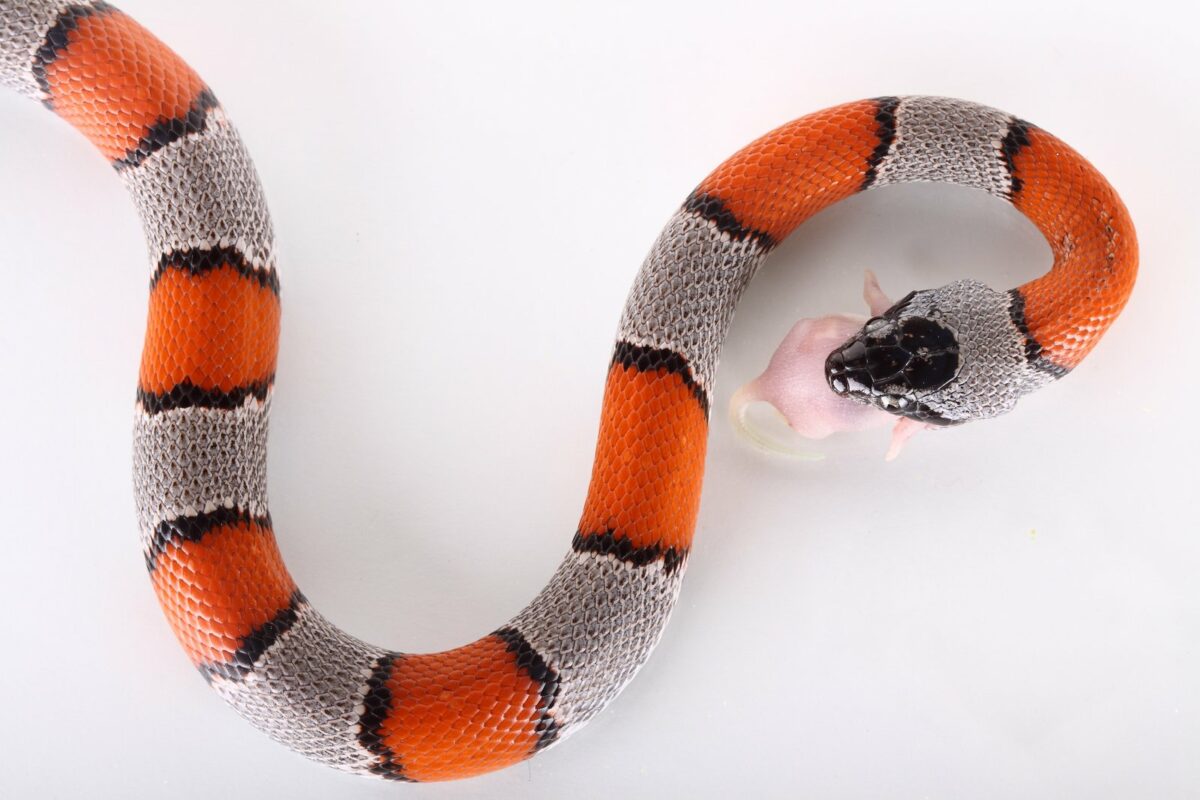
Deadly Spiders and Arachnids
We’re diving straight into some of the most spine-tingling critters Texas has to offer! Let’s get acquainted with the arachnids that command respect and caution in the Lone Star State.
Brown Recluse Spider
Identification: We look for a distinct violin-shaped mark on its cephalothorax to spot a Brown Recluse. It’s a spider that prefers to stay out of sight, and its bite can be quite serious, necessitating medical attention.
Habitat: These spiders fancy dark and undisturbed areas, so watch out when you’re reaching into old boxes or cleaning out the garage!
Black Widow Spider
Identification: We can identify a Black Widow by its shiny black body and the famous red hourglass shape on its underside. Their venom is potent and a bite should be treated immediately.
Habitat: Black Widows are fond of quiet, secluded spots. Be wary around piles of wood, eaves, or when moving seldom-used outdoor equipment.
Tarantulas
Identification: When we come across a Tarantula, we’re looking at a large, hairy spider. Though they might look formidable, their bites are typically non-lethal to humans, but that doesn’t mean they can’t cause a reaction!
Habitat: They enjoy the desert and grasslands of Texas, burrowing into the ground or occupying abandoned burrows.
Scorpions
Identification: With their pincer-like pedipalps and a menacing stinger, Texas scorpions are hard to miss. Most scorpion stings in Texas are painful but not life-threatening; however, the bark scorpion’s sting can be more severe.
Habitat: They are typically found in dry areas and can sometimes be discovered indoors seeking shelter or water.

Big Cats and Predators
In Texas, we’re proud to share the land with some truly impressive predators, including powerful big cats and cunning carnivores. Each of these animals plays a pivotal role in maintaining the balance of our ecosystems.
Mountain Lions
Also known as cougars or pumas, mountain lions are solitary creatures that roam extensive territories. In Texas, we often find them in the western and southern parts of the state. Adults can weigh as much as 150 pounds and can leap up to 20 feet in pursuit of prey like deer.
Bobcats
Bobcats are more widespread across Texas and can adapt to diverse habitats. They are smaller than mountain lions, with adults typically weighing between 15 and 35 pounds. Bobcats are identified by their tufted ears, spotted coat, and the short “bobbed” tail from which they get their name.
Coyotes
The coyote is a resilient predator that has become increasingly common. These animals have a varied diet and have adapted to both rural and urban environments in Texas. They are smaller than wolves, weighing around 30 to 40 pounds, and are recognized by their grayish-brown coats and distinctive howls.
Alligators
While not a big cat, the alligator is one of Texas’ apex predators, most prevalent in the marshes of the Gulf Coast. These armored giants can grow to be over 13 feet long and have a bite force that’s among the strongest of living animals. In Texas’ waterways, they sit atop the food chain.
Our state’s predators are as fascinating as they are important to our wild spaces. Coexisting with them requires respect, caution, and a sense of awe for the natural world we’re so fortunate to inhabit.
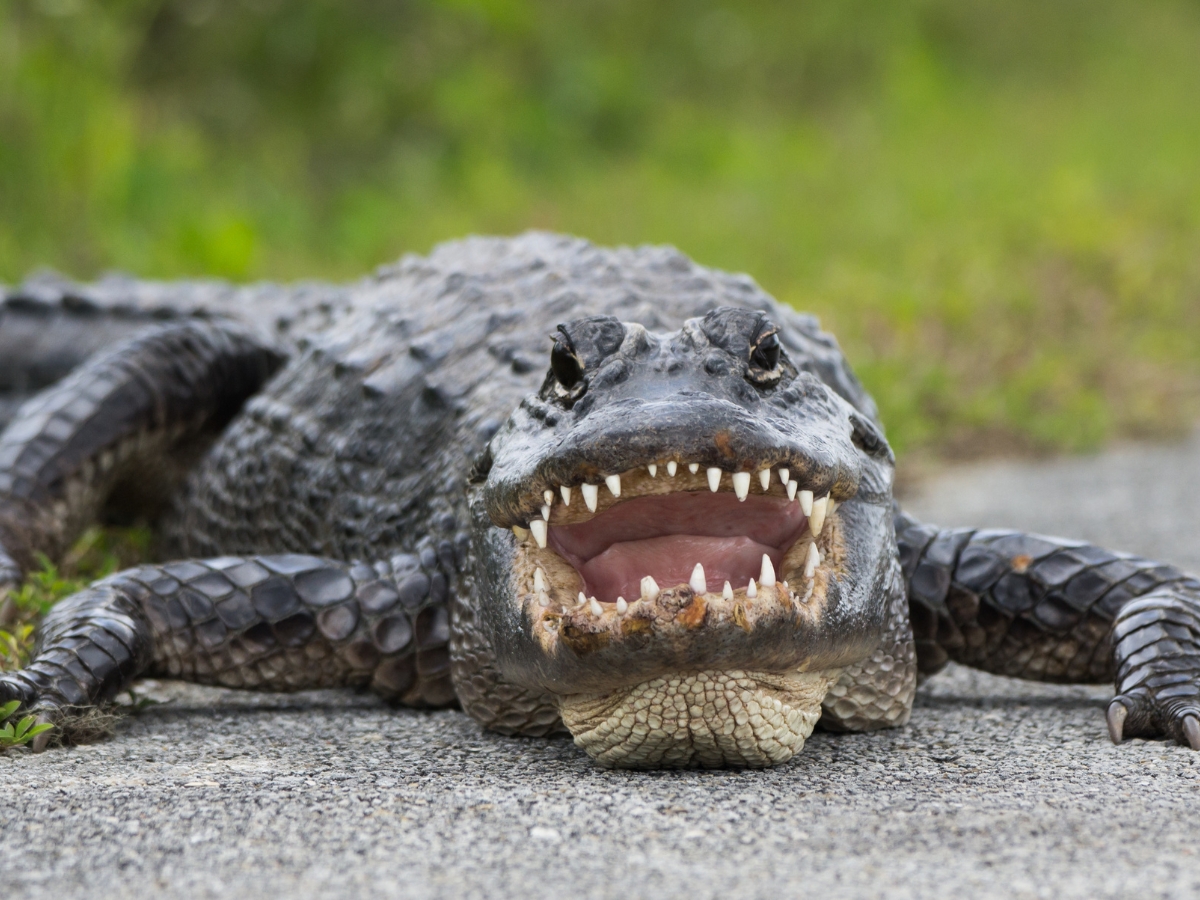
Stinging and Biting Insects
In Texas, we’re acquainted with a fascinating variety of insects, some of which pack a punch with their sting or bite. Let’s get to know a few that we might encounter more often than we’d like.
Africanized Honey Bees
Known colloquially as “killer bees,” Africanized honey bees are more aggressive than their European counterparts. If disturbed, they can chase us for more than a quarter-mile! We must keep a safe distance from their hives, as their defense response is swift and potent.
Fire Ants
Our encounters with fire ants can be painfully memorable. These reddish-brown ants build mounds in almost any type of soil, delivering a sting that burns like fire, hence their name. We often find them in yards, parks, and fields across Texas.
Mosquitoes
Everything is bigger in Texas, including our battles with mosquitoes. These pests are not only annoying with their persistent buzzing but also dangerous due to their potential to transmit diseases like the Zika virus. We make sure to wear repellent during outdoor adventures, especially near standing water where mosquitoes breed.
Wasps
In Texas, we respect the space of various stinging wasps, including paper wasps and yellowjackets. Their painful stings are a defense mechanism, and they can sting us multiple times. We exercise caution around nests, often found under eaves or inside hollow walls.
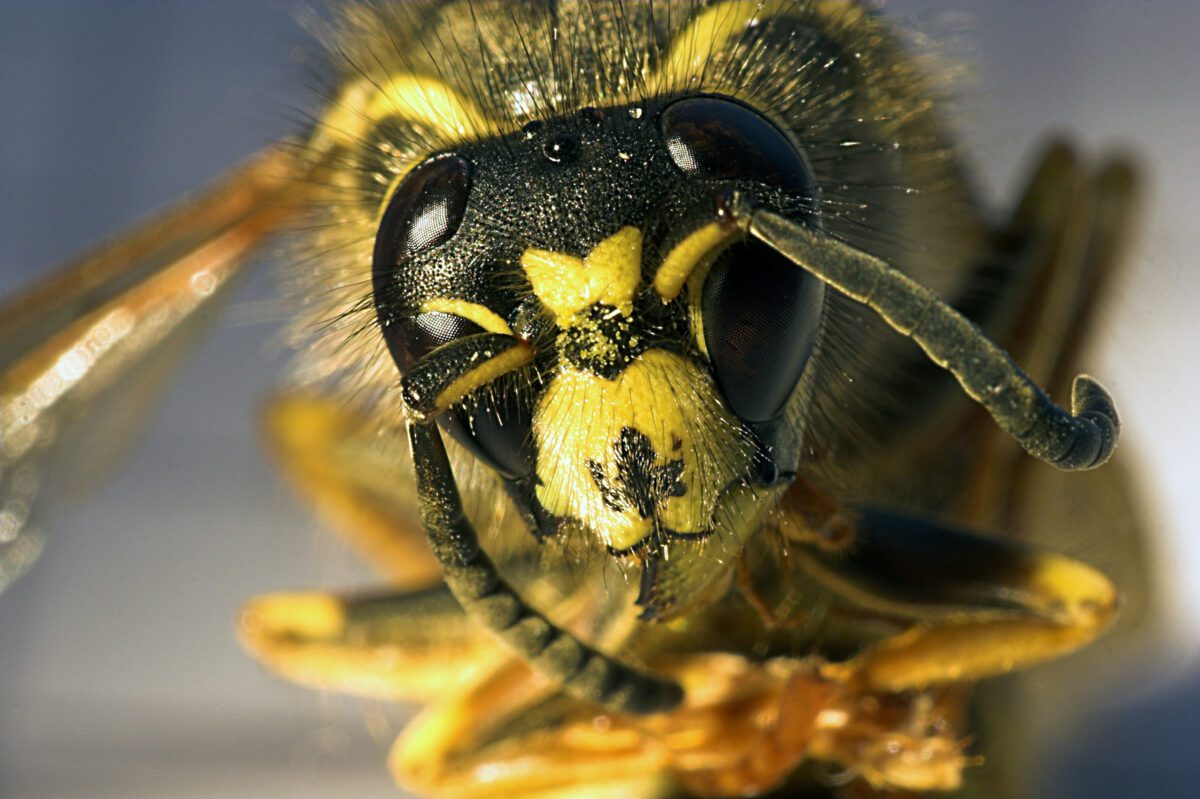
Hazardous Aquatic Life
Exploring Texas’ waters, we’re faced with an array of aquatic creatures that can pose real dangers. From the murky shallows to the deeper waves, let’s dive into the specifics of these potential underwater threats!
Stingrays
Stingrays glide through the shallows of our coastal waters, and while they might seem serene, their barbed tails can deliver a venomous sting. When we’re wading or swimming near them, it’s crucial to shuffle our feet to be alert and avoid accidentally stepping on these camouflaged creatures.
Sharks
Our vast coastline occasionally brings us face-to-face with sharks, including the bull, tiger, and blacktip species. These powerful predators are typically rare sights close to shore, but their presence is a reminder for us to swim in groups and stay vigilant in shark-prone areas.
Jellyfish
Jellyfish are not just an otherworldly spectacle for us to admire; they can also be a painful hazard. Their stinging tentacles can cause discomfort and, sometimes, severe reactions. We make sure to look out for warning signs of jellyfish blooms when we’re planning a beach day.
Portuguese Man O’ War
Although not a jellyfish by classification, the Portuguese Man O’ War is notorious for its painful sting. With tentacles that can extend up to 30 feet, we keep a safe distance from these buoyant, blue creatures, both in the water and washed up along our beaches.
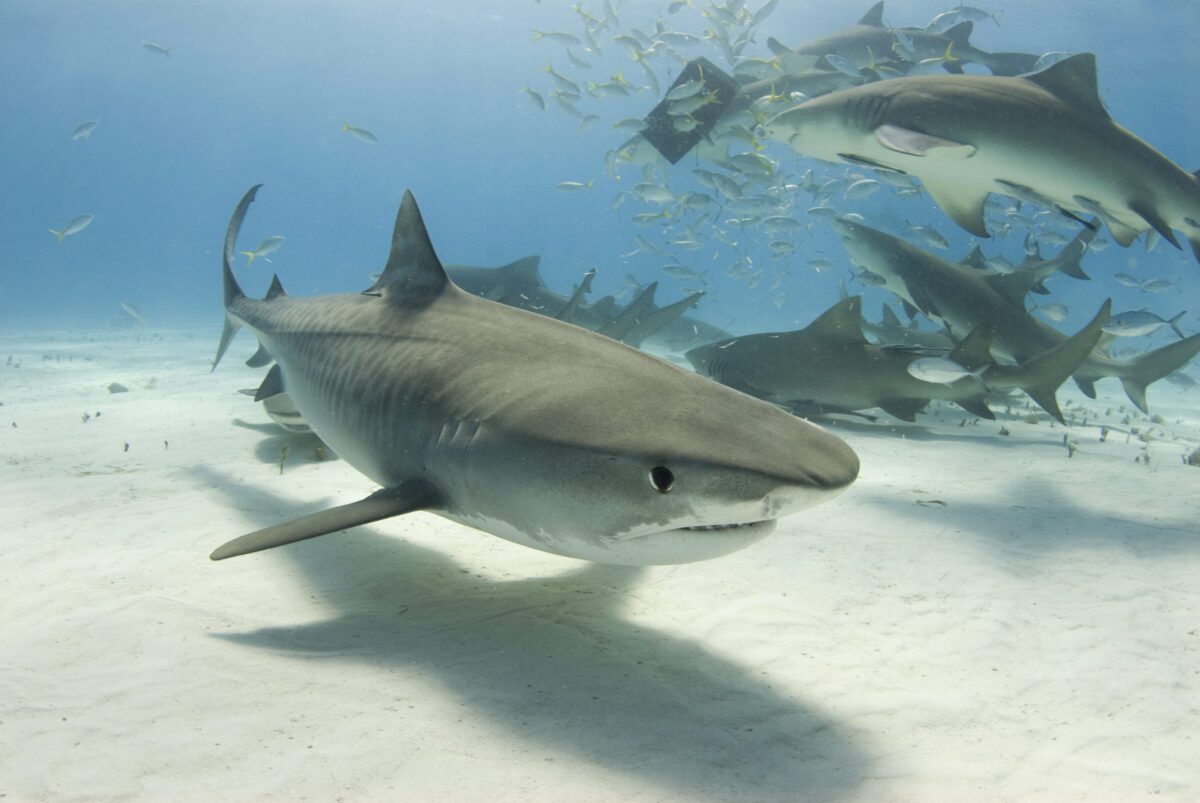
Threats from the Sky
In our sunny state of Texas, we often gaze upwards to admire the expansive, blue skies. But within this beautiful vista, there are avian predators that command the air with a presence that’s as formidable as it is awe-inspiring.
Hawks
Hawks are among the most skilled flyers in the Texas skies. With their keen eyesight, they can spot prey from remarkable distances. Our Texas Red-Tailed Hawks are particularly notable for their hunting prowess, using their sharp talons to capture everything from rodents to smaller birds. Always watchful, these raptors are the vigilant guardians of our airways.
Eagles
Eagles, the royalty of the skies, soar above our vast Texas landscapes with an unmatched regal aura. The Bald Eagles in Texas are not just national symbols, but are also powerful predators. We’re amazed by their incredible vision that allows them to dive at phenomenal speeds to snatch fish from the waters, showcasing a masterful command over both sky and sea.
Vultures
Last but not least, we have our Vultures, often misunderstood, yet essential to our ecosystem. Our Turkey Vultures and Black Vultures clean up our environment by feasting on carrion. These birds of prey may not hunt the living, but their impressive wingspans and circling flight patterns are a sight to behold, reminding us of the crucial role they play in the circle of life.
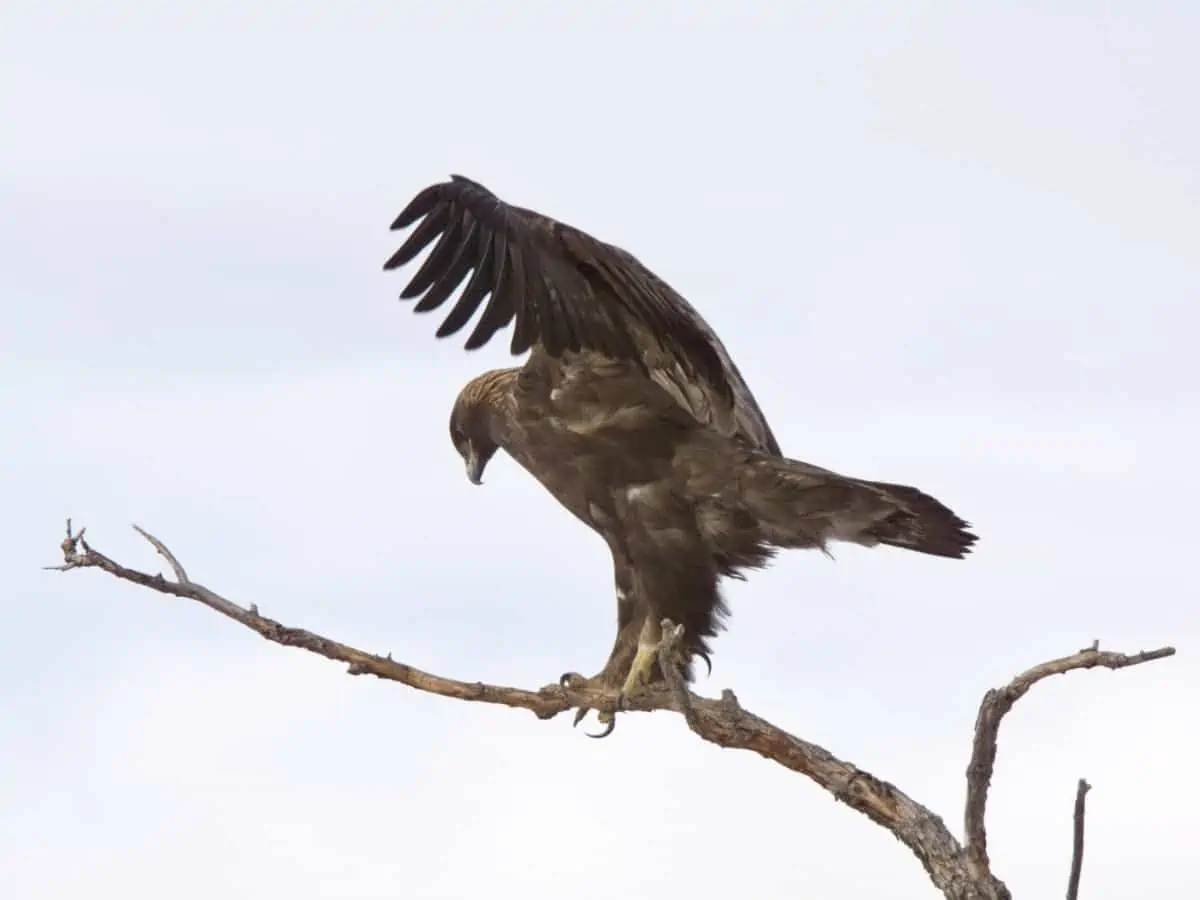
Invaders and Other Risks
In Texas, we’re facing some significant ecological challenges due to a few invasive creatures. These animals are not just a nuisance; they pose real threats to our local biodiversity and agriculture.
Wild Boars
Wild boars in Texas are more than a pesky problem; they’re an ecological train wreck. With an estimated population of over 1.5 million, these invaders are notorious for destroying crops and native habitats. They reproduce rapidly, and we find ourselves in a constant battle to control their numbers.
Armadillos
Armadillos may look harmless with their armored shells, but their digging habits can be quite destructive. They’re known for causing damage to lawns, gardens, and even some infrastructure. These armored animals can also carry leprosy, which, though rare, can be transmitted to humans through direct or indirect contact.
Nutria
Nutria, large semi-aquatic rodents, have become an ecological headache for us. They erode our riverbanks with their burrowing and devour vegetation that native species rely on. Their voracious appetite has led to significant losses in aquatic plants, which are crucial for water filtration and preventing erosion.
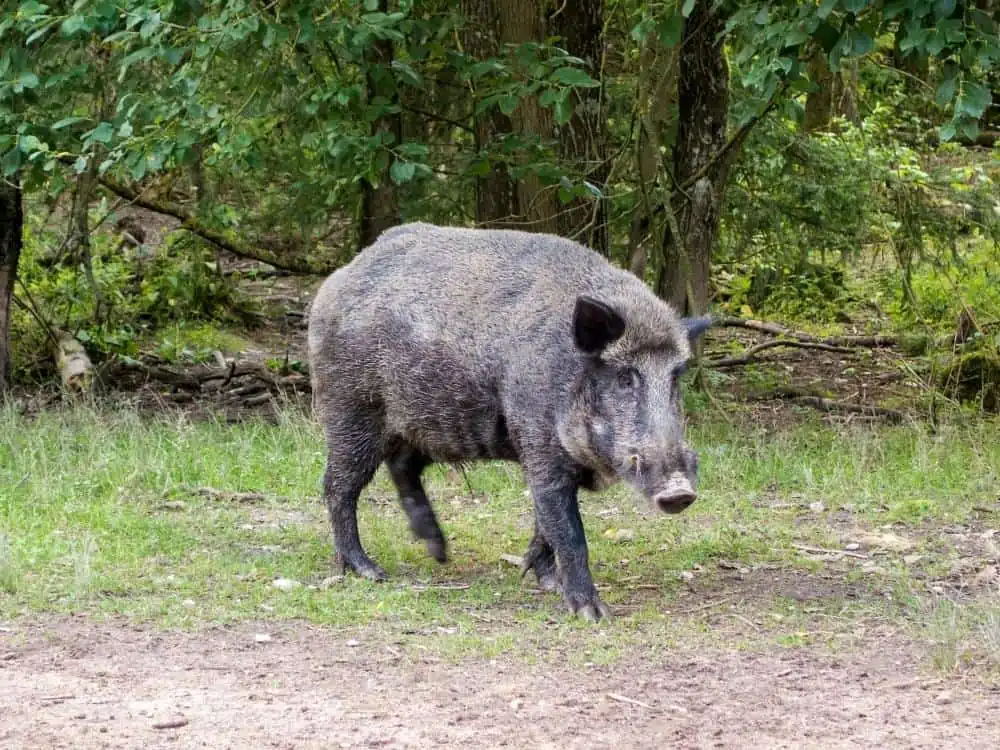
Safety and Prevention Tips
Encountering Texas’ diverse wildlife can be thrilling, but it’s vital we stay safe! Here’s how we can coexist with these awesome creatures:
Awareness is key! Always keep an eye out for signs of wildlife, especially when hiking or visiting areas known for their natural inhabitants. It’s easier to avoid danger when we’re aware it’s nearby.
Knowledge is power! Learn about the most dangerous creatures in Texas. Familiarize ourselves with what they look like, where they live, and their behaviors.
- Respect wildlife: Never try to feed or touch wild animals. Keep a respectful distance.
- Shark safety: While the odds of a shark attack are low, always swim in groups and avoid the water at dawn or dusk.
- Snake smarts: Step onto logs rather than over them, and watch where we put our hands and feet. If we hear a rattle, freeze and slowly back away.
- Spider sense: Shake out boots, gloves, and clothes that have been left outside or in sheds.
- Scorpion caution: Check our bedding and shoes before getting in or putting them on, especially if camping.
Preventive measures make a difference! Wear long sleeves and pants when trek hunting to protect against bites and stings. Tighten tent seals when camping to keep unwelcome guests out of our temporary abode.
First aid kits should always be on hand. Equip them with treatments for bites and stings, and know how to use each item.
By following these tips, we can enjoy the Texas wilds while staying safe. Let’s share the landscape responsibly and relish the wonder of nature!
First Aid for Dangerous Wildlife Encounters
In Texas, encountering wildlife often feels like stepping into an adventure! However, our safety is paramount. Here’s a quick first aid guide if you’re ever faced with a dangerous creature. Always remember to get professional medical help as soon as possible!
- Snakebites: Remain calm and move away from the snake. Keep the bitten area below heart level. Immobilize the limb but avoid a tourniquet or cutting the wound. Call the Texas Poison Center Network for further guidance.
- Spider Bites: Clean the bite with soap and water. Apply a cold compress to reduce swelling. If you suspect a black widow or brown recluse bite, seek medical help immediately!
- Scorpion Stings: Wash the area with soap and water, and apply a cold pack to alleviate pain and swelling.
- Shark Encounters: If bitten, apply pressure to stop the bleeding and get out of the water quickly but calmly. Do not attempt to struggle with the shark.
Here’s our pocket-sized checklist for your Texas adventure pack:
First Aid Kit Essentials
- Tweezers (remove stingers or spines)
- Antiseptic wipes
- Bandages & gauze
- Pain relievers
Emergency Contacts
- Local emergency services
- Texas Poison Center (1-800-222-1222)
- Nearby hospitals or clinics
Arming ourselves with knowledge keeps us safe while we enjoy our glorious Texan wilderness. Let’s stay aware and be prepared for those thrilling encounters!
Share the post "Wild Texas: Unveiling the Fiercest and Most Feared Inhabitants!"
Christian Linden is a seasoned writer and contributor at Texas View, specializing in topics that resonate with the Texan community. With over a decade of experience in journalism, Christian brings a wealth of knowledge in local politics, culture, and lifestyle. He holds a Bachelor's degree in Communications from the University of Texas. When he's not writing, Christian enjoys spending weekends traveling across Texas with his family, exploring everything from bustling cities to serene landscapes.











